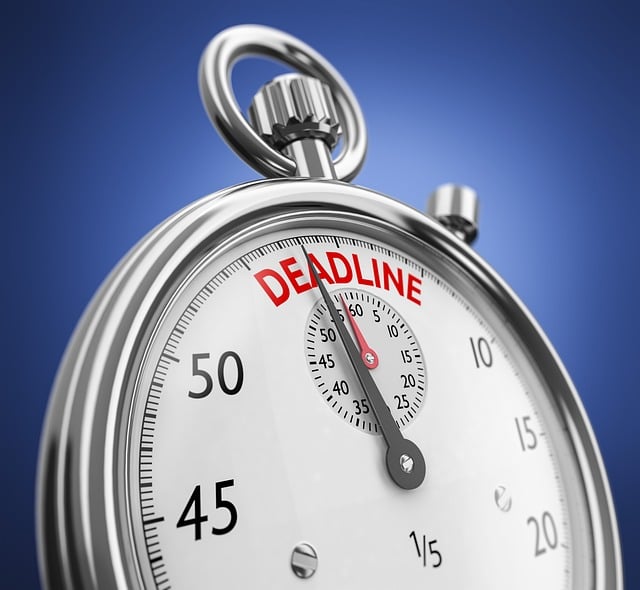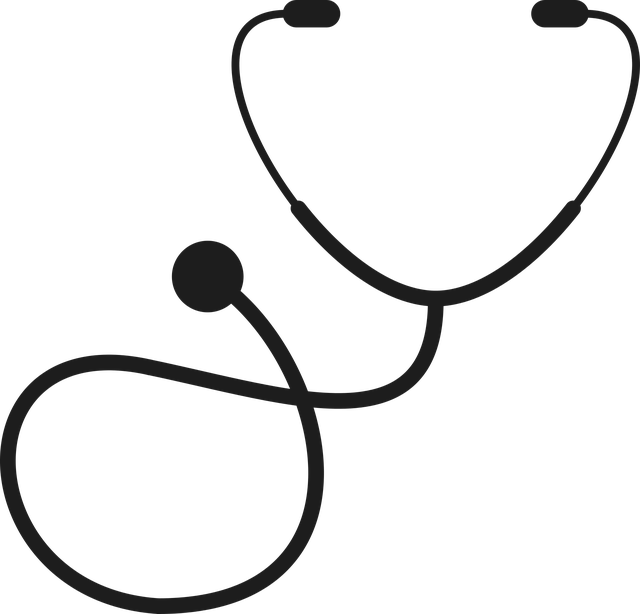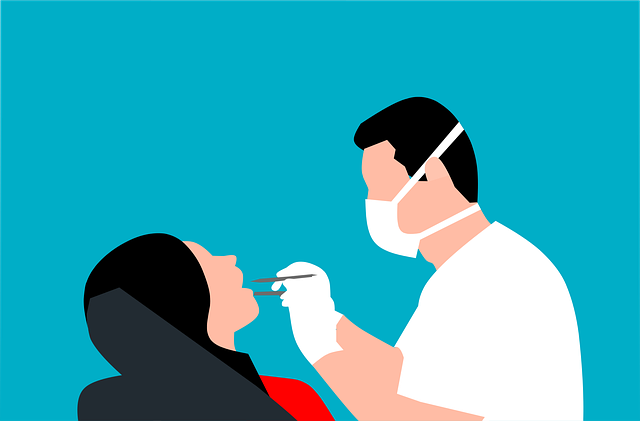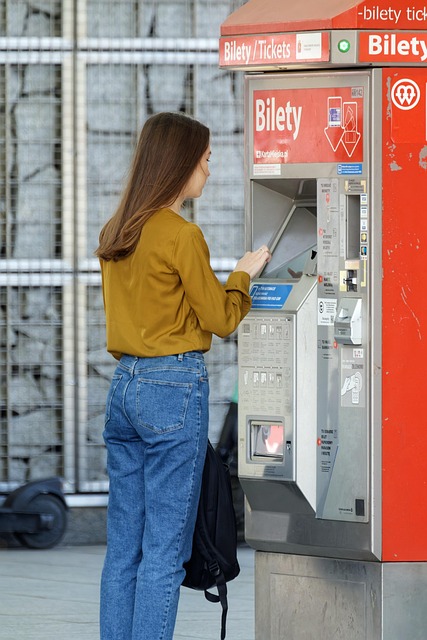Automated patient reminders through SMS, email, or calls significantly reduce no-shows in healthcare, improving attendance rates and efficiency. Personalized messages based on demographics and history enhance engagement, while timely delivery (1-2 days before) proves effective. Integrating these tools with no-show prevention streamlines operations, improves resource allocation, and fosters better patient communication. Measuring success through attendance data allows for refining reminder strategies, ultimately enhancing healthcare accessibility and quality.
In today’s fast-paced world, patient no-shows remain a significant challenge for healthcare providers. To combat this issue, automated patient reminders through SMS, email, and calls have emerged as an effective solution. This article delves into the prevalent problem of no-shows, exploring the power of automated reminders as a game-changer in improving attendance rates. We guide you through choosing the optimal delivery method, designing personalized messages, implementing seamless technology integration, and measuring success through tracking attendance data.
- Understanding Patient No-Shows: A Prevalent Issue
- The Power of Automated Reminders: An Effective Solution
- Choosing the Right Delivery Method: SMS, Email, or Calls
- Designing Personalized and Timely Reminders
- Implementing Technology for Seamless Integration
- Measuring Success: Tracking Attendance Rates
Understanding Patient No-Shows: A Prevalent Issue

Patient no-shows are a significant challenge in healthcare settings, leading to reduced efficiency and potential financial losses for clinics and hospitals. Automated patient reminders have emerged as an effective solution to combat this issue. By implementing clinic reminder automation, healthcare providers can improve attendance rates and optimize their resources.
No-show rates vary across different specialties, with certain high-demand services experiencing higher rates. A study by the American Journal of Preventive Medicine revealed that up to 20% of medical appointments are missed, resulting in substantial costs for both patients and healthcare systems. To address this, reminder call services have gained popularity as a way to gently nudge patients to confirm their attendance, reducing last-minute cancellations and improving healthcare accessibility. Healthcare scheduling reminders, whether sent via SMS or email, offer a convenient and cost-effective approach to enhance patient engagement and ensure timely consultations.
The Power of Automated Reminders: An Effective Solution

In today’s fast-paced world, automated patient reminders have emerged as a powerful tool to combat one of the significant challenges in healthcare: no-show prevention. These technology-driven solutions, encompassing SMS, email, and call reminders, are game changers when it comes to improving medical attendance rates. By automating this process, healthcare providers can ensure that patients receive timely notifications for their appointments, reducing the likelihood of missed or delayed care.
Automated patient reminders not only simplify the scheduling process but also foster a sense of accountability among individuals. These gentle nudge systems, delivered at strategic intervals before an appointment, serve as whispers in the ear, reminding folks of their scheduled time. This simple yet effective method has been shown to significantly boost medical attendance, ensuring that healthcare facilities are equipped with accurate patient numbers and resources for optimal care.
Choosing the Right Delivery Method: SMS, Email, or Calls

Choosing the right delivery method for automated patient reminders is crucial to ensure maximum engagement and effectiveness. SMS remains a powerful tool due to its immediate access and high open rates, making it ideal for time-sensitive information. However, email offers a more comprehensive platform for detailed scheduling reminders and educational content. Calls, on the other hand, provide personal interaction, which can significantly enhance patient comfort and adherence, especially for those who prefer a more human touch.
The selection should be guided by understanding your patient population’s preferences and communication habits. For instance, younger patients might respond better to SMS, while older demographics could favor email or calls. Integrating a reminder call service or healthcare scheduling reminders via various channels can create a robust strategy, ensuring no stone is left unturned in the pursuit of improving medical attendance boost and reducing no-shows.
Designing Personalized and Timely Reminders

Designing personalized and timely reminders is a key aspect of automated patient reminders. These messages should be tailored to individual patients, taking into account their preferences, previous attendance records, and communication history. For instance, a reminder for a routine check-up could be more subtle and friendly, while an urgent appointment notification might use a more direct and urgent tone. This approach not only ensures that the message resonates with the patient but also increases the likelihood of engagement.
The timing of these reminders is equally crucial. Studies have shown that sending them one to two days before an appointment can significantly reduce no-shows. Additionally, allowing patients to confirm their attendance or request rescheduling through a simple reply can enhance medical attendance boost. Clinic reminder automation, powered by advanced no-show prevention tools, streamlines this process, ensuring that patients receive the right message at the right time, thereby fostering better communication and improving overall healthcare accessibility.
Implementing Technology for Seamless Integration

Implementing technology for seamless integration of automated patient reminders is a strategic move to enhance healthcare accessibility and efficiency. Advanced no-show prevention tools, such as SMS, email, or call reminders, play a pivotal role in medical attendance boost. These innovative solutions act as reliable reminder call services, fostering better patient engagement and reducing no-shows. By seamlessly integrating these technologies into existing healthcare systems, practices can streamline their operations, improve resource allocation, and ultimately provide more quality care to patients.
The key to successful implementation lies in choosing user-friendly platforms that offer customizable reminders, robust data management, and secure communication channels. Once integrated, these automated reminders ensure patients receive critical information about their appointments, fostering a sense of accountability and encouraging timely attendance. This shift towards technology-driven solutions not only simplifies administrative tasks but also empowers healthcare providers to focus more on patient care.
Measuring Success: Tracking Attendance Rates

Measuring success is a vital component of any effective patient engagement strategy, especially when implementing automated patient reminders. By tracking attendance rates, healthcare providers can gauge the impact and efficiency of their chosen reminder method—whether it’s SMS, email, or call. This data-driven approach allows for continuous improvement, ensuring that the reminder service adapts to patient preferences and behaviors. For instance, a high response rate through reminder calls could indicate a need to personalize messages further or adjust timing for optimal engagement.
Regular analysis of attendance data provides insights into trends and potential areas of concern. Over time, healthcare organizations can identify patterns, such as consistent no-shows during specific days or times, which can be addressed with more targeted reminders. This proactive approach not only improves medical attendance boost but also enhances patient satisfaction by demonstrating a commitment to efficient and responsive healthcare scheduling reminders.
